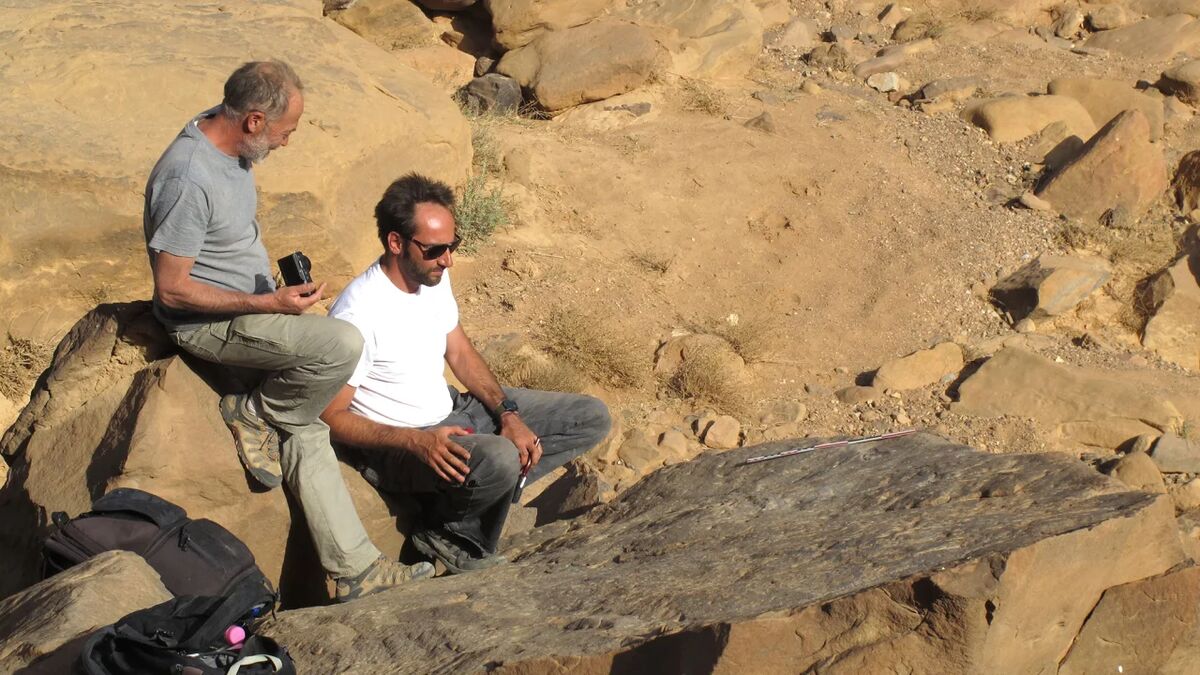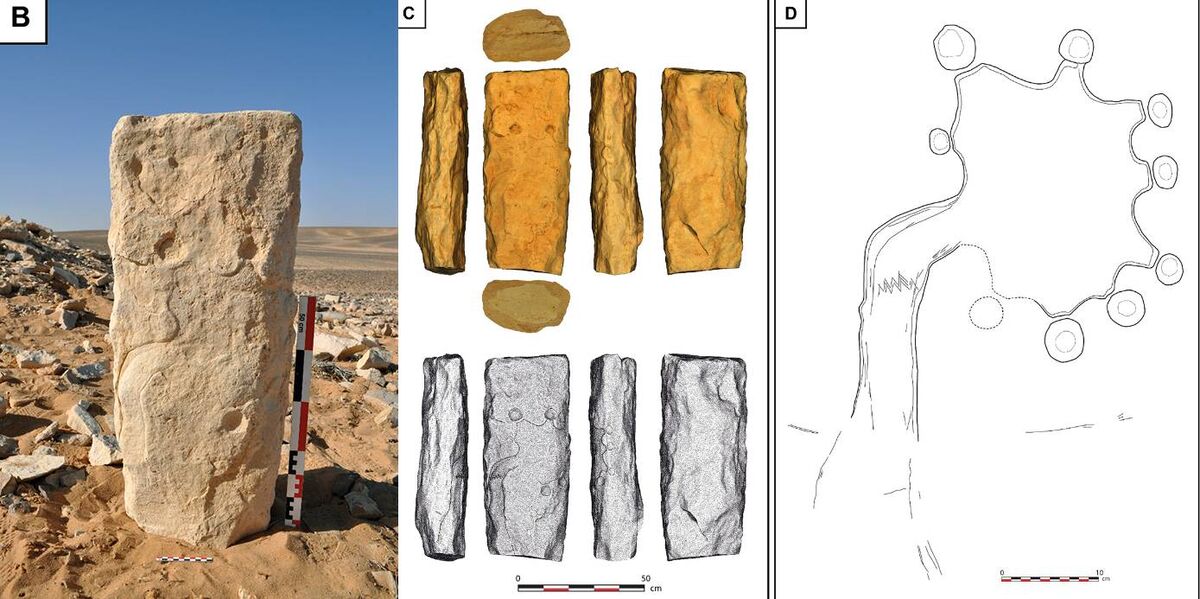
The world’s oldest architectural plans have been discovered
Archaeologists in Saudi Arabia and Jordan have discovered the world’s oldest architectural plans, according to a study published in the scientific journal PLOS One.
These hunting traps are up to 9,000 years old and are known as “desert kites” because of their shape. They were first discovered in the deserts of the Middle East in the 1920s, by pilots who noticed the strange formations in the landscape.

Converging walls, ranging from a few hundred meters to 5 kilometers in length, guided the animals into a huge pen, surrounded by pits up to 4 meters deep, where the animals were trapped and slaughtered. Some of these “desert kites” were the largest man-made structures of their time.
“They are such large structures that when you are on the ground you cannot understand their shape,” says archaeologist Wael Abu Azizeh from the French Institute of the Middle East and co-leader of the study.
More than 6,000 “desert kites” have been discovered in the Middle East and Central Asia, with most found in northern Saudi Arabia, southern Syria and eastern Jordan.
Design to scale
Abu Azizeh was among the archaeologists who discovered an engraved stone tablet in the Jibal al-Khashabiyeh area of Jordan, where 8 “kites” are found.
He says he realized “within seconds” that the engravings on the 80cm long stone, which is around 7,000 years old, depicted one of the nearby “kites”.

His colleagues in Saudi Arabia discovered a larger slab, almost 4 meters long and 8,000 years old, which depicted the designs of two more “kites”.
On both plates the design was to scale and correctly oriented to the horizon points. In the Saudi Arabian plate the drawings are at a scale of 1:175, meaning that the structures are 175 times larger than they appear on the plate, while in the Jordanian plate the scale is 1:425.
“The designs are remarkably accurate and to the right scale,” the study notes.
The only exception are the pits, depicted as circles on the plates, which are depicted much larger than they actually are, as if they were kept to the correct scale they would hardly be visible.

Although even earlier map-like depictions and similar hunting traps have been discovered in Europe, those in Saudi Arabia and Jordan are the earliest examples of scale design.
